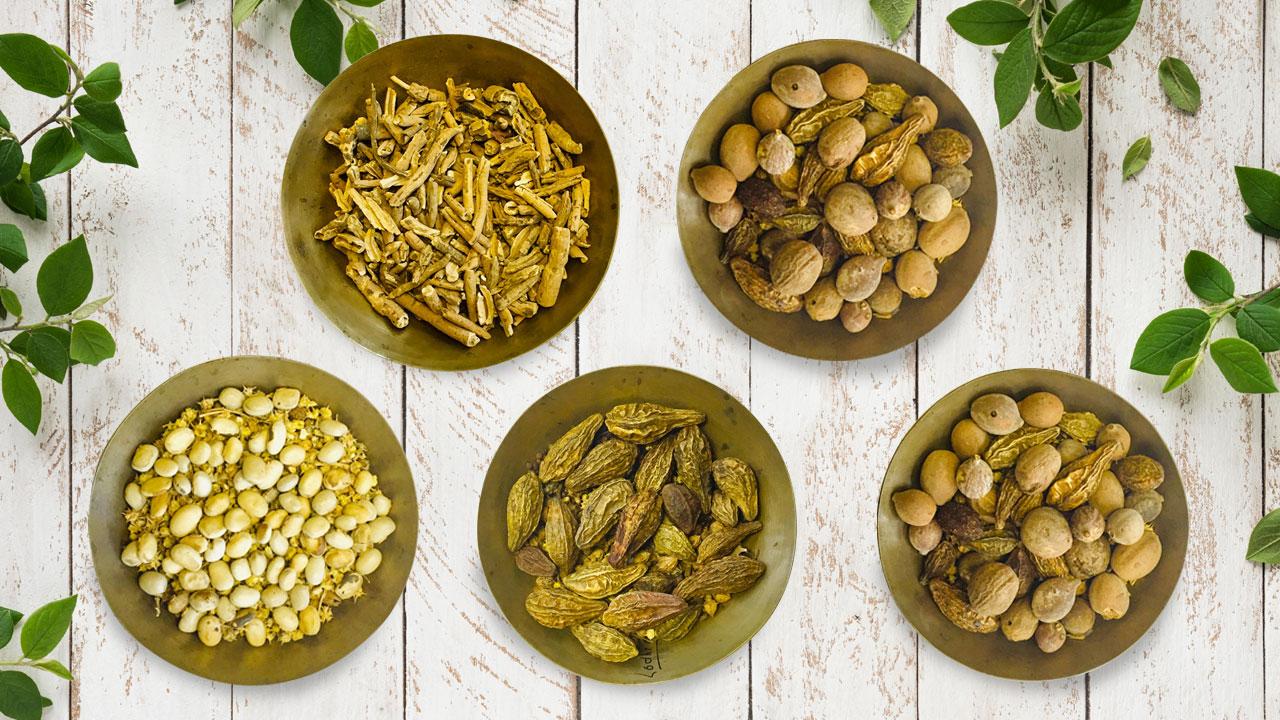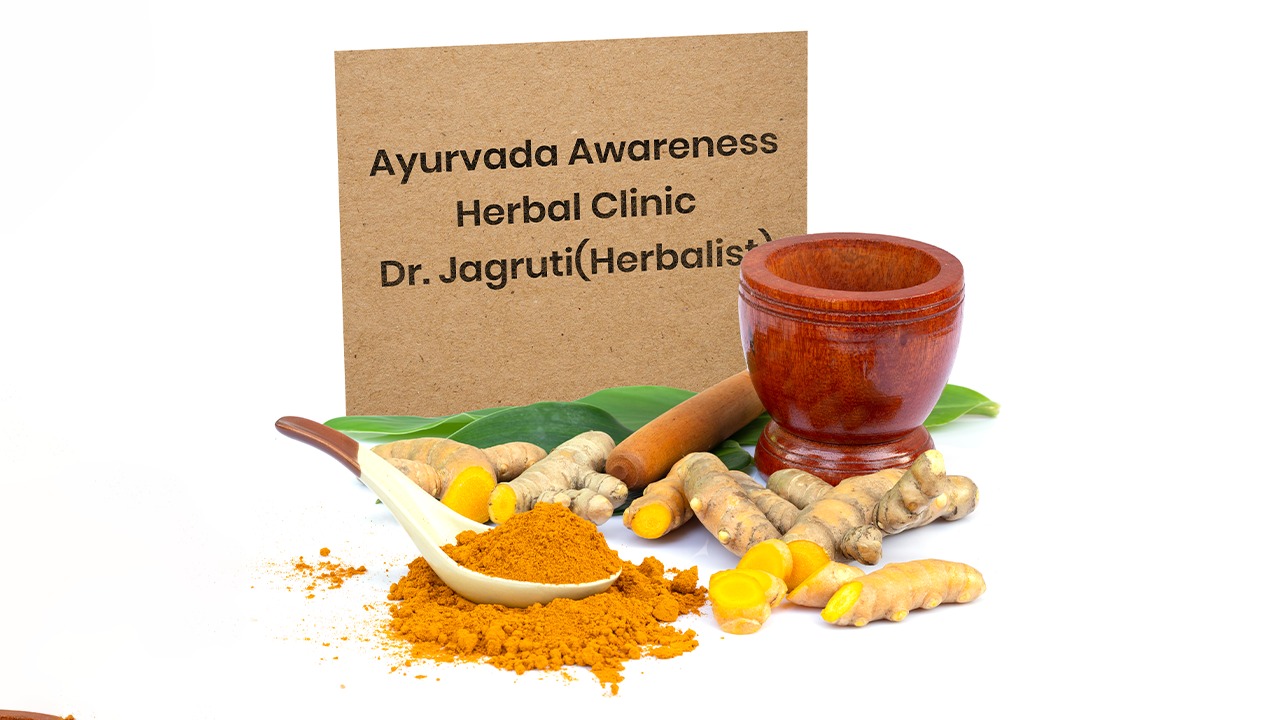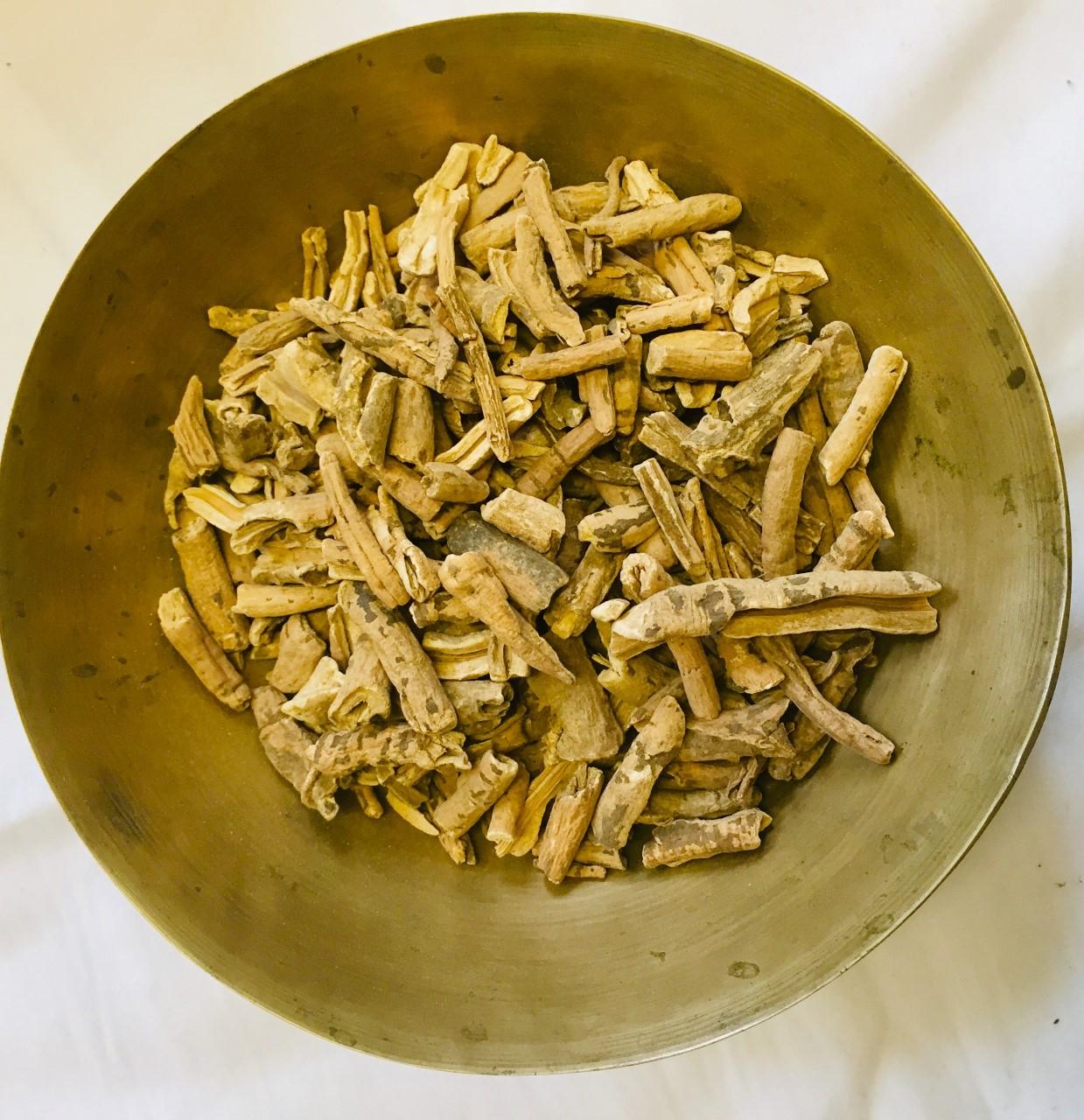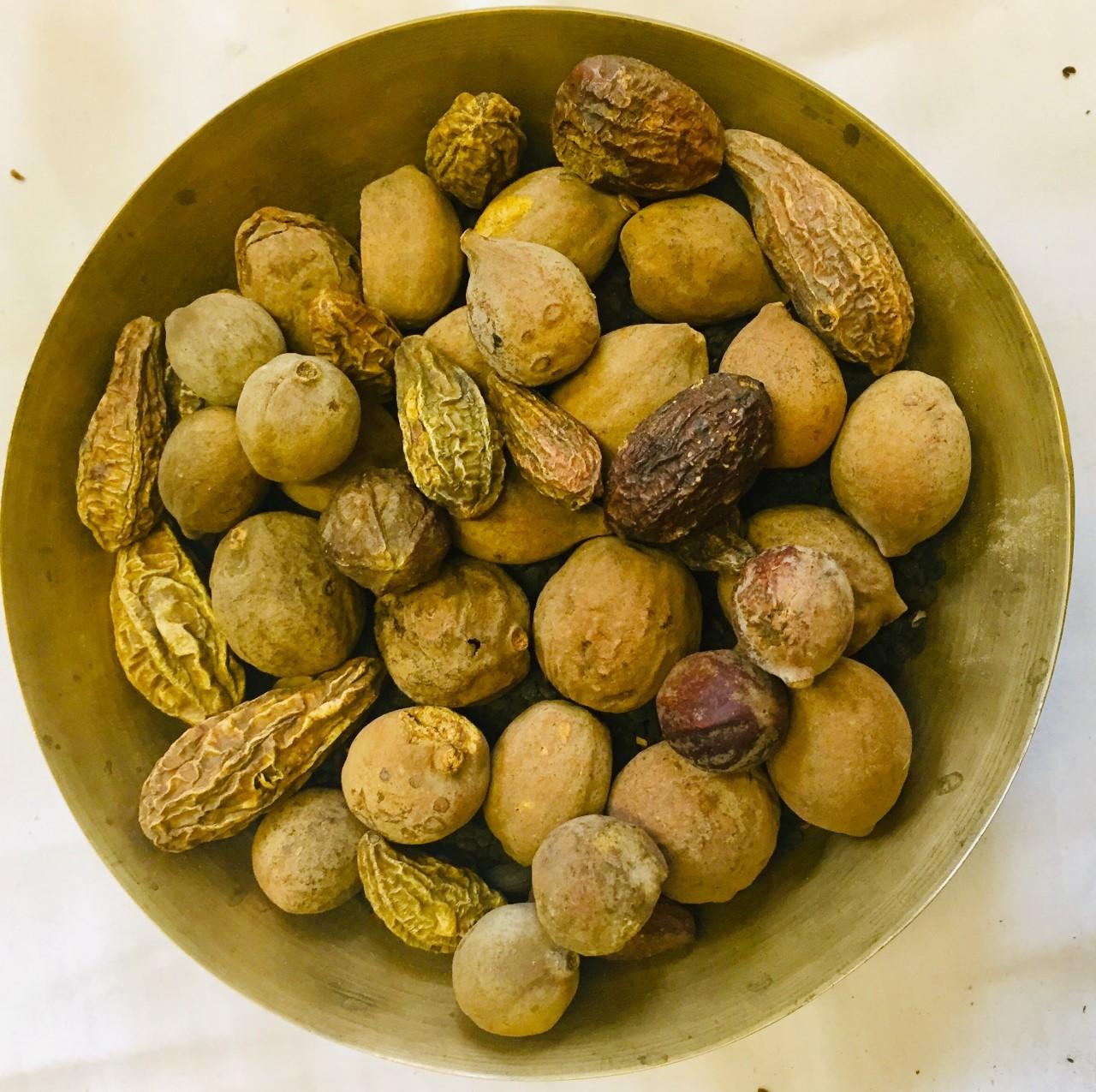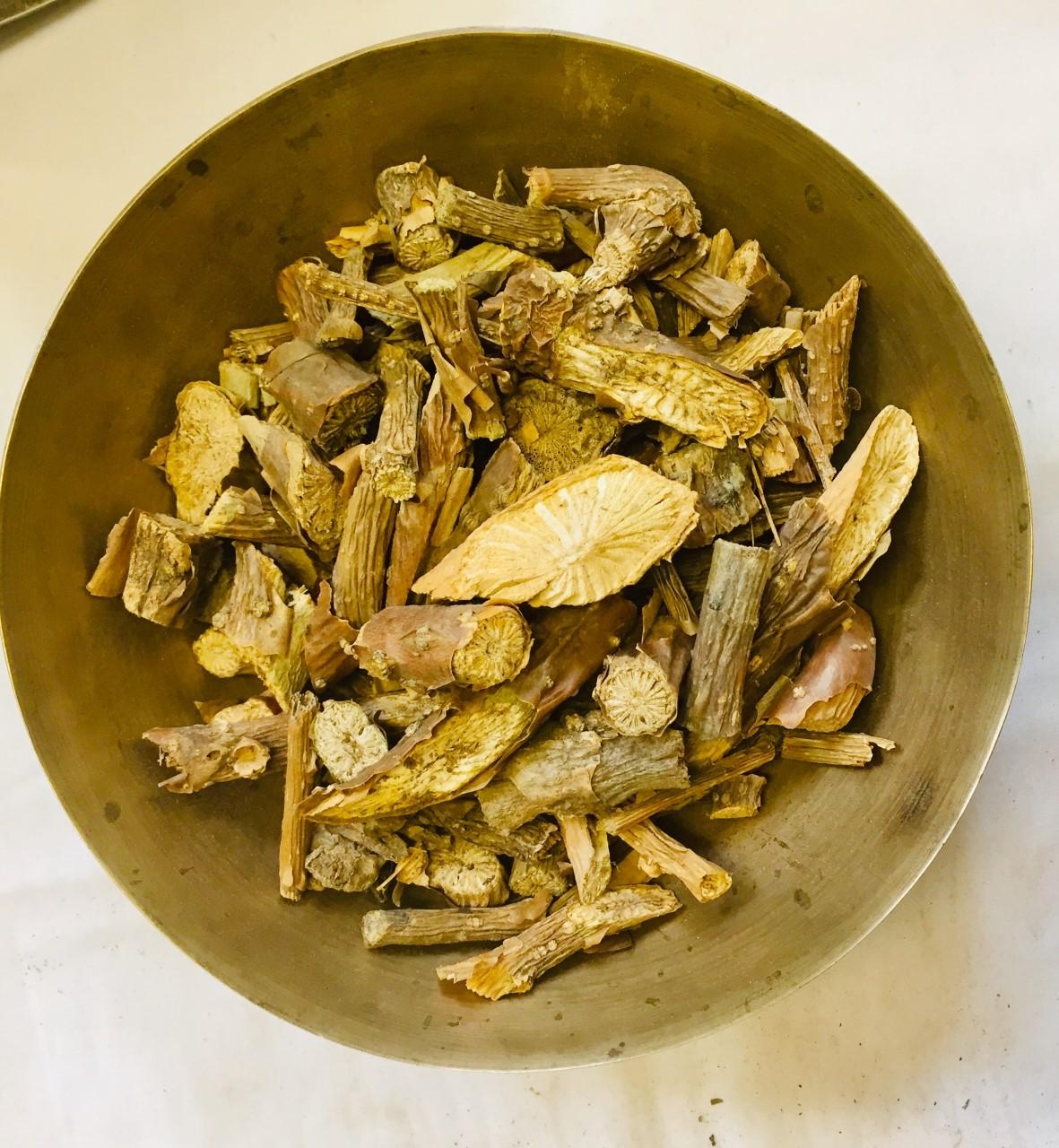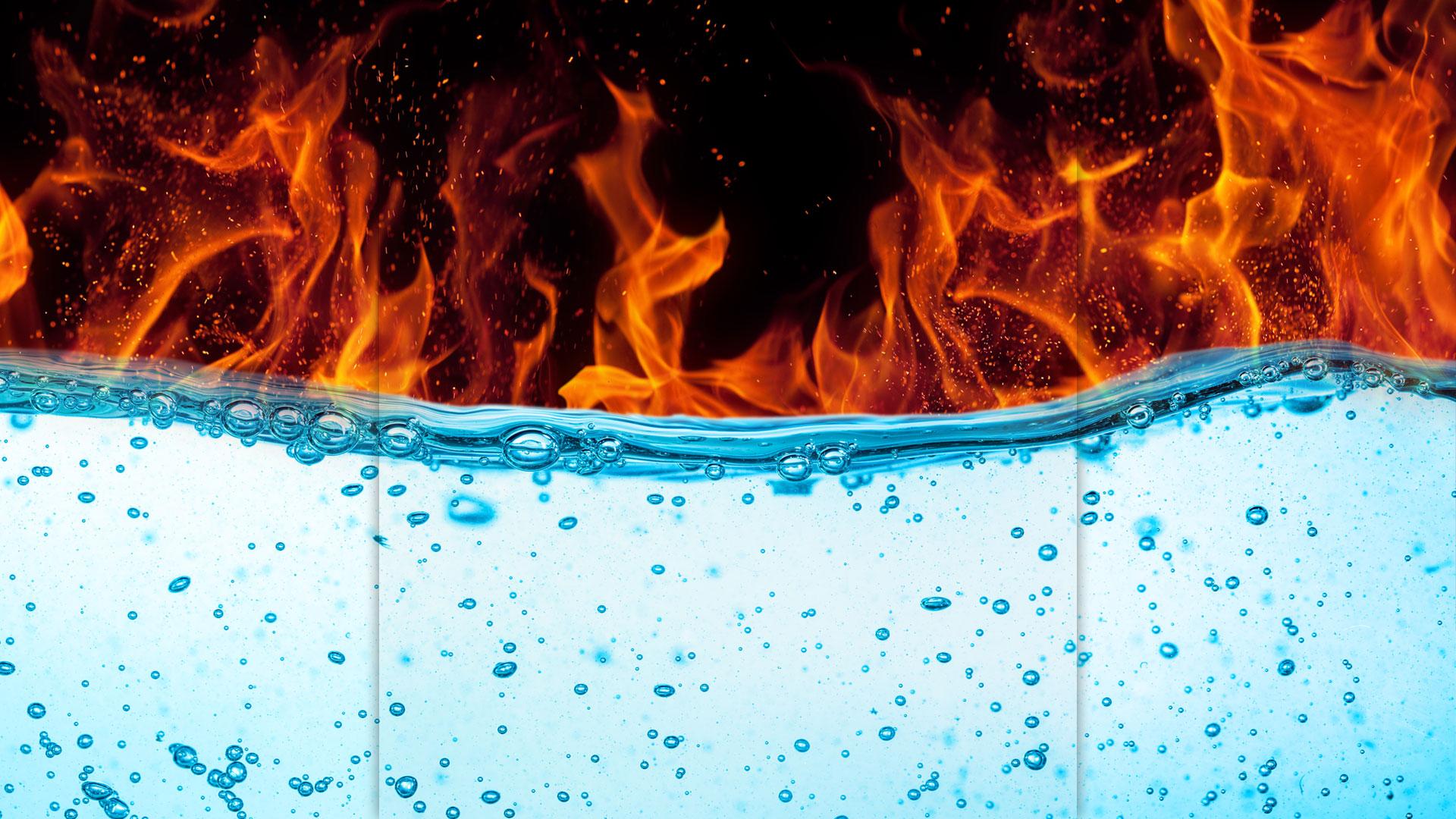What is Ayurveda
Ayurveda is a one of the world’s oldest holistic healing therapy whichAyurveda-Utensils has been practiced for more than 5000 years. Ayurveda is a combination of 2 words.
AYURVEDA:
AYU means LIFE
VEDA means SCIENCE or KNOWLEDGE.
So Ayurveda is science of life. Ayurveda is a science dealing not only with treatment of some diseases but is a complete way of life.

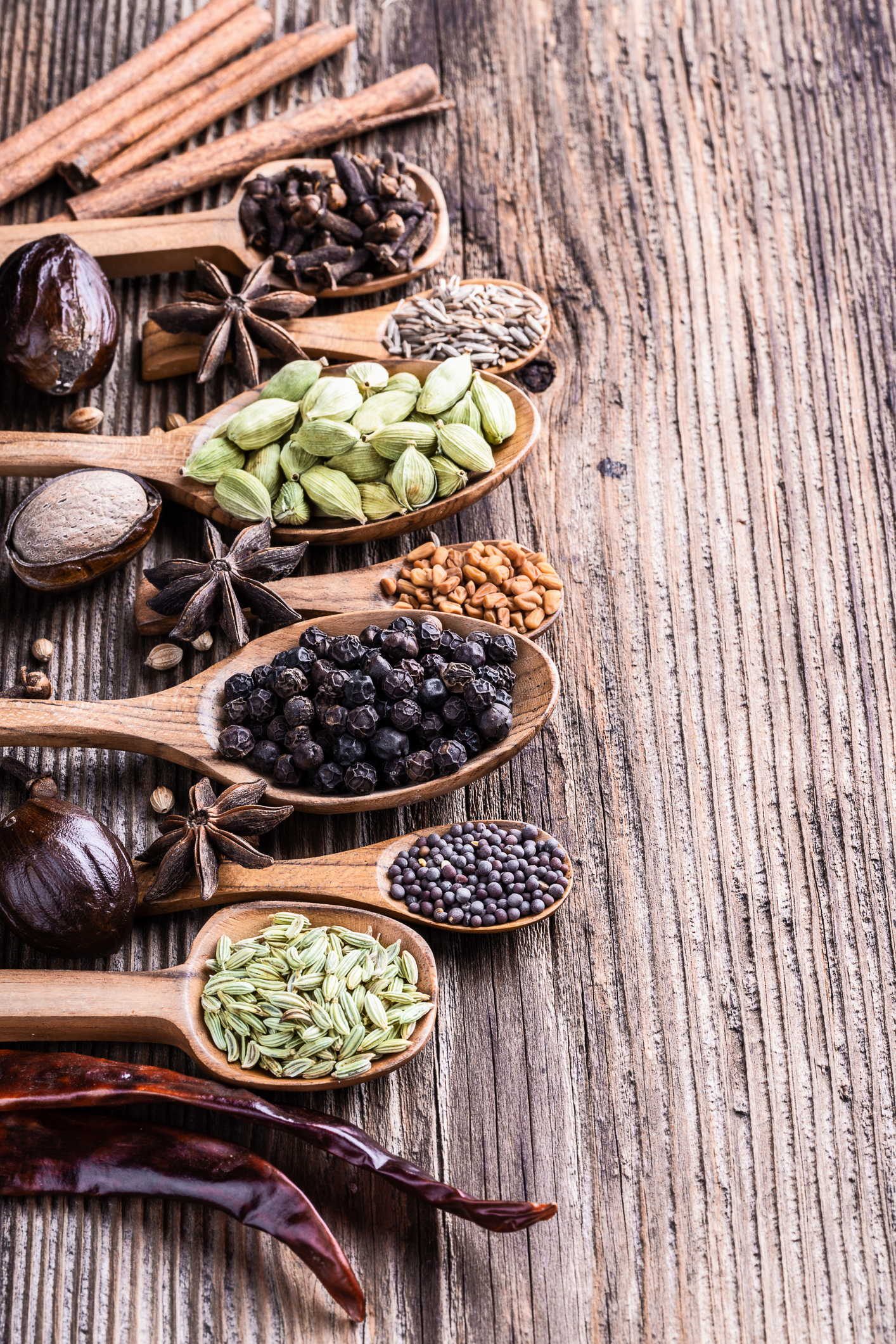
Aim of Ayurveda
Swasthsya swasthy rakshanam
Aaturasya vikar prashanaman
Prevention is a main goal of Ayurveda by maintaining the health of healthy person. It helps to restore the imbalance in unhealthy person; it offers various herbs, therapies to overcome from any disease by natural ways.
Fundamental Physiology Of Ayurveda
According to Ayurveda human body is made up of 5 basic elements. Water, fire, air, earth and space.
These 5 elements combined in their biological form to create vital energies or fundamental pillars knows as VATA, PITTA KAFA.
Vata: Air+Space
Pitta: Water+fire
KAfa: water+earth
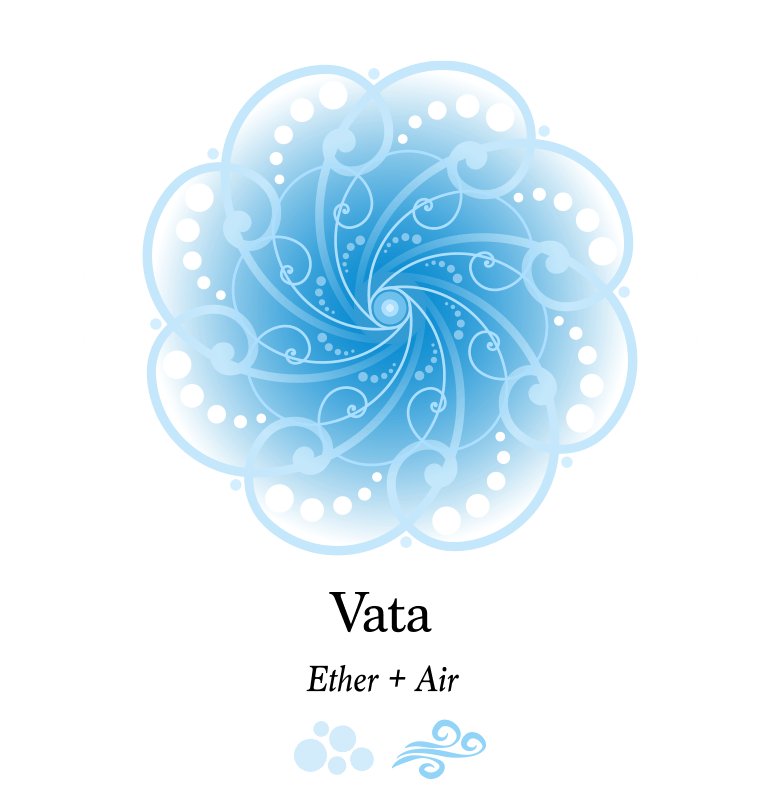
VATA
Vata dosha is responsible for the all movements occurring in body. So it governs respiration, circulation, movement’s of each part of body, impulses and elimination of any waste product. Human body tends to have more vata (air+space) in old age.
Read More
PITTA
Pita dosha is responsible for all processes of metabolism, digestion and transformation occurring in body. Human body tends to have more pitta(water+fire) in middle age.
Read More


KAPHA
Kapha is responsible for growth and protection in human body. According to Ayurveda human body tends to have more Kafa (water+earth) in childhood stage.
Read More
Human body’s health is depends upon the balance of these 5 elements. Increase or decrease of any of these elements leads to disease. Traditional Ayurveda therapy treats any disease by balancing these elements by herbal medicine, some therapies, and some particular food changes in daily food intake.


